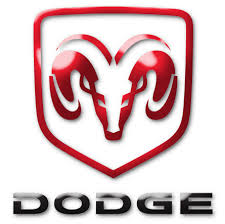Caliber L4-2.4L (2009)

Coolant: Testing and Inspection
COOLANT CONCENTRATION TESTING
Coolant concentration should be checked when any additional coolant was added to system or after a coolant drain, flush and refill. The coolant mixture
offers optimum engine cooling and protection against corrosion when mixed to a freeze point of -37°C (-34°F) to -46°C (-50°F). The use of a
hydrometer or a refractometer can be used to test coolant concentration.
A hydrometer will test the amount of glycol in a mixture by measuring the specific gravity of the mixture. The higher the concentration of ethylene
glycol, the larger the number of balls that will float, and higher the freeze protection (up to a maximum of 60% by volume glycol).
A refractometer Tool 8286 See: Engine, Cooling and Exhaust/Cooling System/Tools and Equipment will test the amount of glycol in a coolant mixture
by measuring the amount a beam of light bends as it passes through the fluid.
Some coolant manufactures use other types of glycols into their coolant formulations. Propylene glycol is the most common new coolant. However,
propylene glycol based coolants do not provide the same freezing protection and corrosion protection and is not recommended.
CAUTION: Do not mix types of coolant corrosion protection will be severely reduced.
